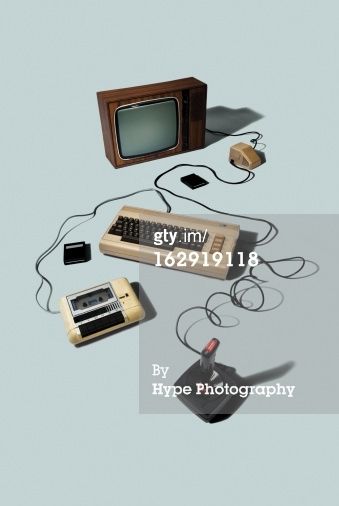TBT: Throwback Thursday of video games

March 27, 2014
There are some real gems in the previous generation of video game consoles. So, I decided to play three games that are well known for being spectacular. These are games I’ve heard so much about but haven’t had a chance to play until now. I’ve spent a few weekends playing these games, and I had a good time overall.
The first game I went back to was an 8-bit classic, Mega Man 2. The game is based around traveling around eight stages, defeating the bosses at the end, and then beating five more stages to get to the credits. The controls are tight, and the platforming is simple but fun. The game is short – only about 30 minutes the first time through. People who have played it so many times, like me, can beat the game in about 15 minutes. It’s still worth the two bucks you’ll pay to buy it on the Virtual Console.
Afterwards, I decided to try my hand at Super Mario Sunshine. I spent about 10 hours going through the game, only getting the minimum amount of collectibles. I hated 9 out of those 10 hours. I was originally going to try and get everything, but that ended up being too frustrating. So many of the levels have annoying design, paired with unresponsive controls, and all but 10 out of the 80 missions are mandatory. The worst offenders are the secret levels. These levels are pure platforming, without the aid of your water jetpack F.L.U.D.D. All of these levels seem to assume that said water jetpack was available, with elements that let the player get through without it. I wouldn’t be complaining so much if these levels were optional, but they’re not. The player has to complete every secret level in order to get to the end of the game. I had the least amount of fun with this game out of the three.
To round out the group is Okami, which you can get on PlayStation Network for $15. I played this 40-60 hour adventure on the Nintendo Wii. The player controls Amaterasu, the Japanese goddess of the sun in mythology. There is so much mythology in this game that it would explode if there was any more. That’s not a bad thing, as this was how I became so interested in Japanese mythology. Okami looks gorgeous, running at a smooth 60 frames per second. The main mechanic of the game is the Celestial Brush, which allows players to use a variety of brush techniques that do various things, such as blooming trees, creating explosives, slowing downing time and controlling what time of day it is. The controls are tight and responsive, and these brush techniques are responsive.
The soundtrack is incredible. Ranging from the calming pieces like Dragon Palace to the unfiltered awesome of pieces like Ryoshima Plains, the soundtrack is highly diverse and a joy to listen to. There’s also a reason to play again. Okami has a “new game plus,” meaning that players can play the game all the way through again, while retaining the same stats from the end of the previous playthrough. Of the three throwbacks, Okami was my favorite.











